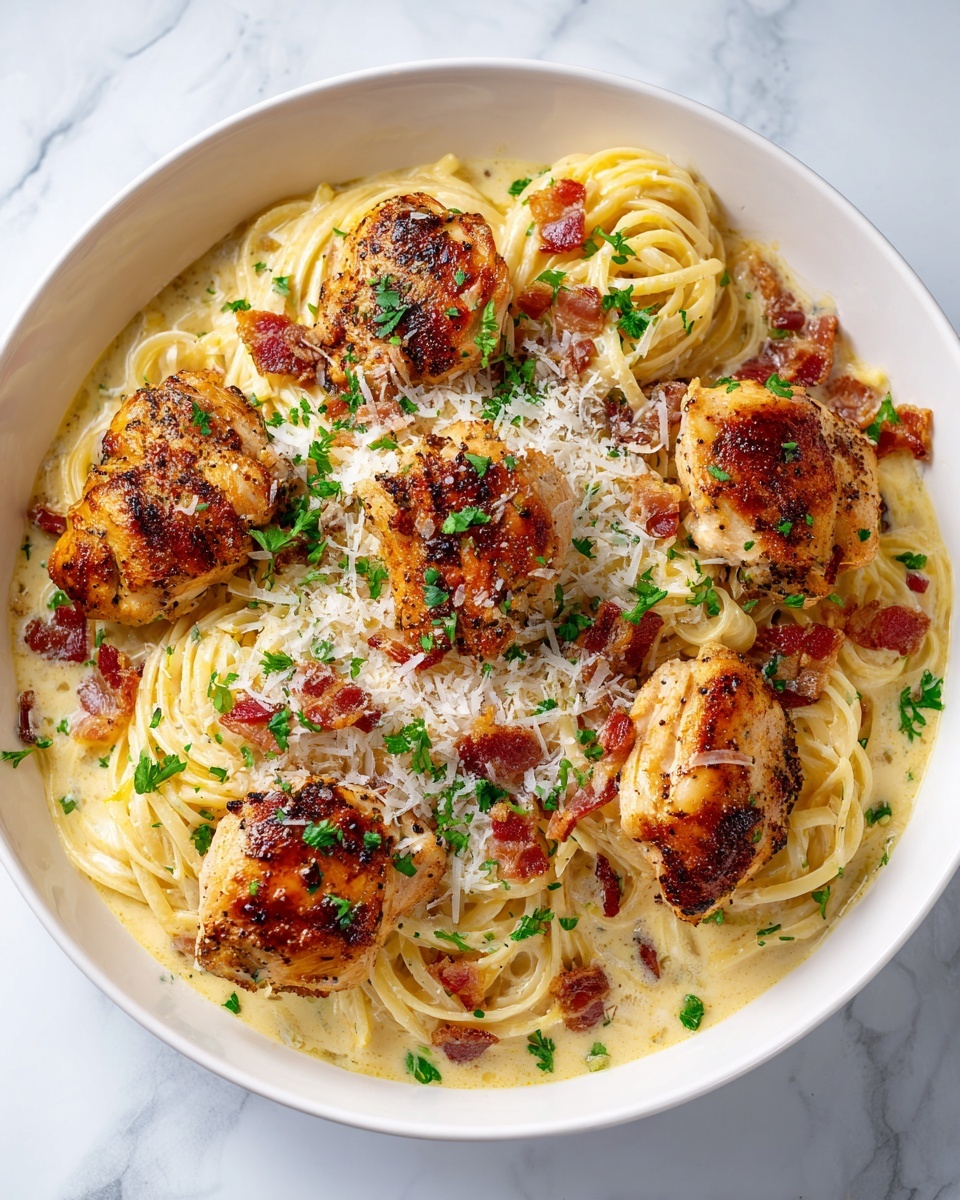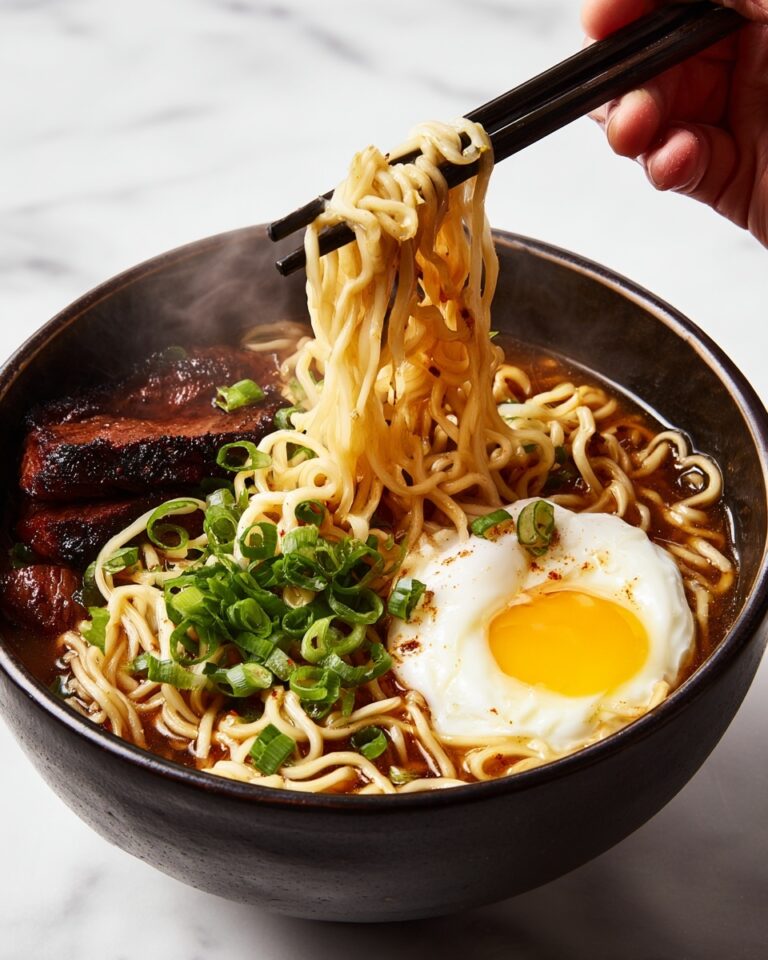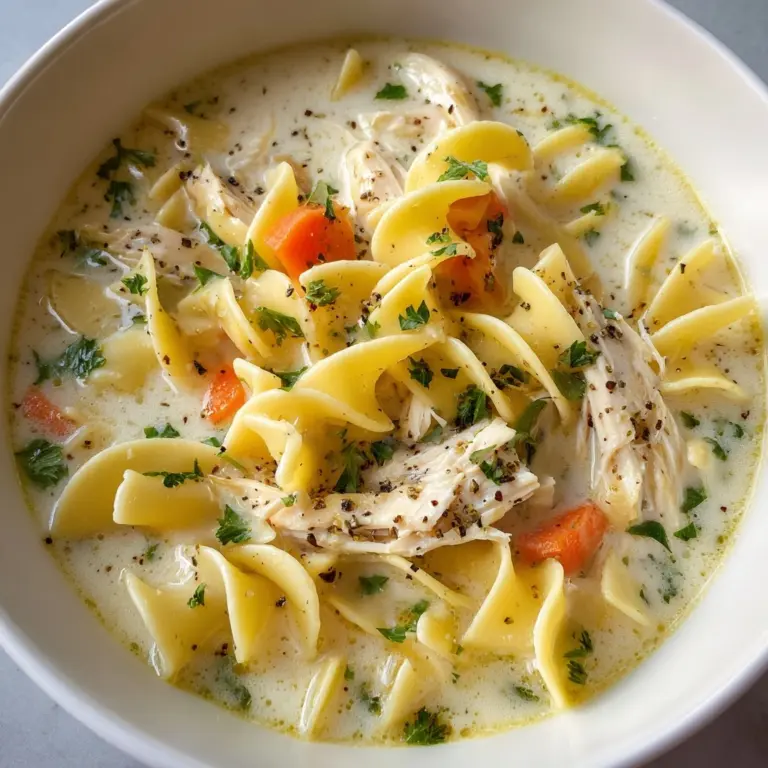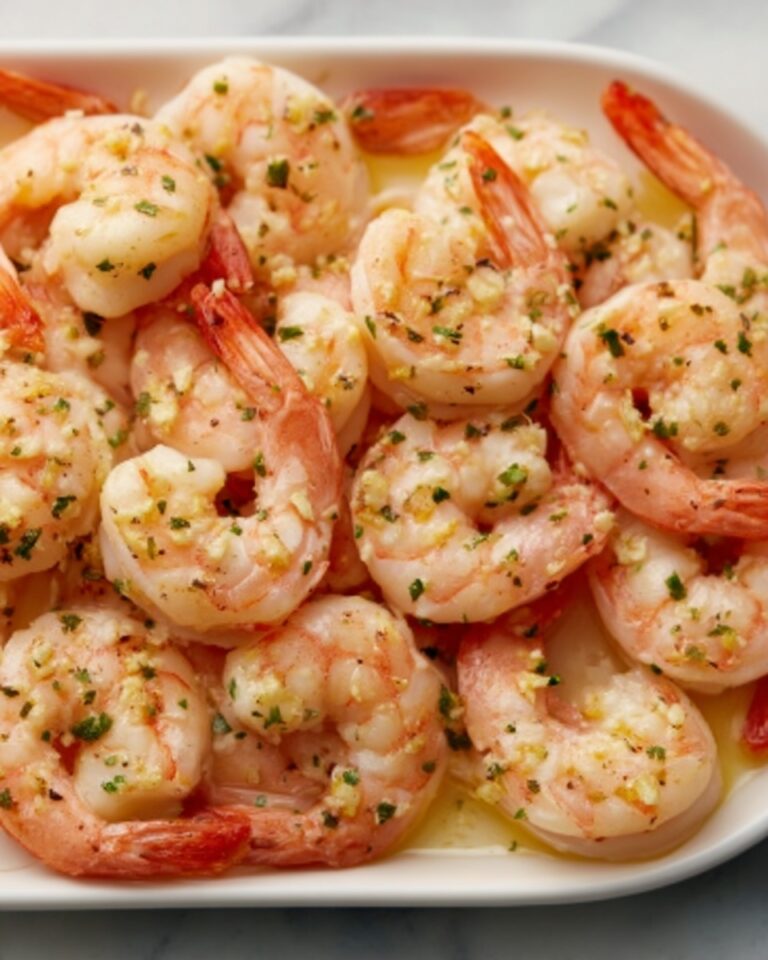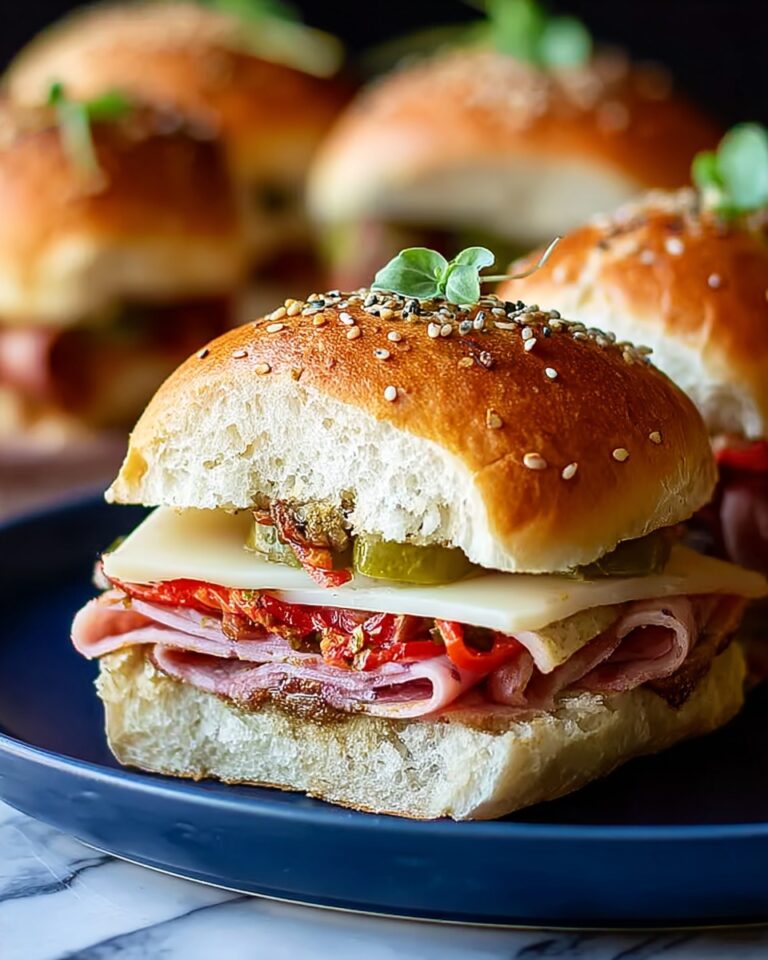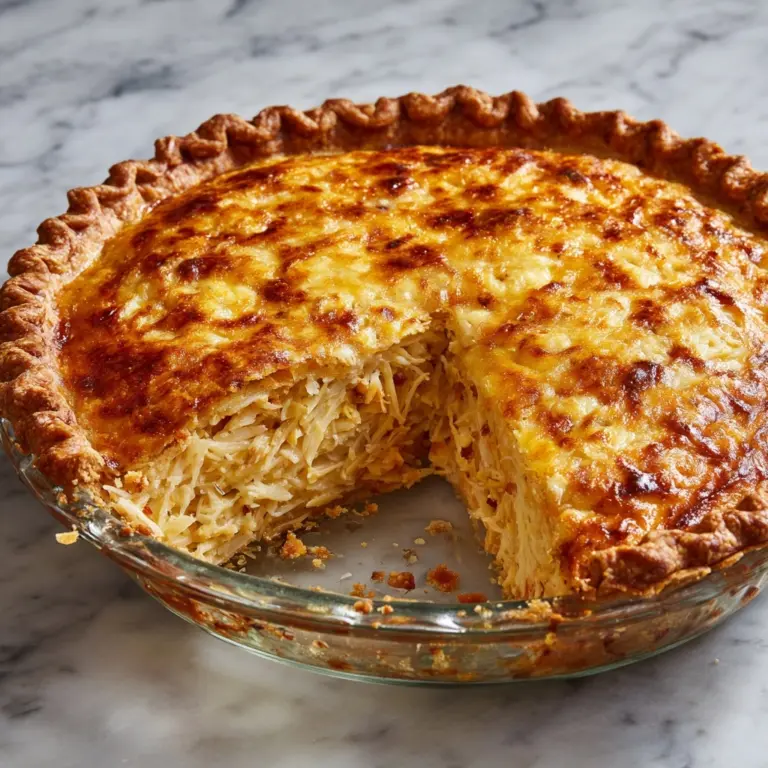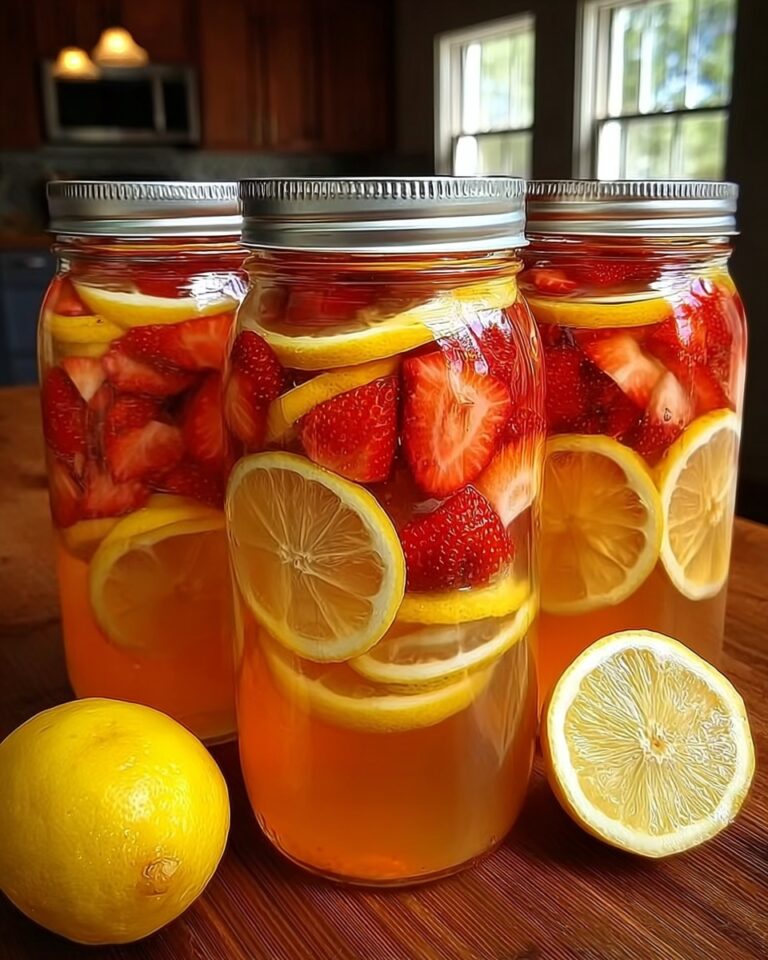If you’ve ever dreamed of capturing the comforting, creamy delight of classic Italian carbonara but with a juicy chicken twist, this Chicken Carbonara Recipe is going to become your new weeknight hero. Picture tender chicken pieces, smoky bacon crisps, and a luscious Parmesan-egg sauce clinging irresistibly to every strand of perfectly cooked pasta. It’s rich, satisfying, and surprisingly simple to pull together, making it a dish that’s as impressive as it is cozy. Trust me, once you make this, it will be a staple in your recipe collection.
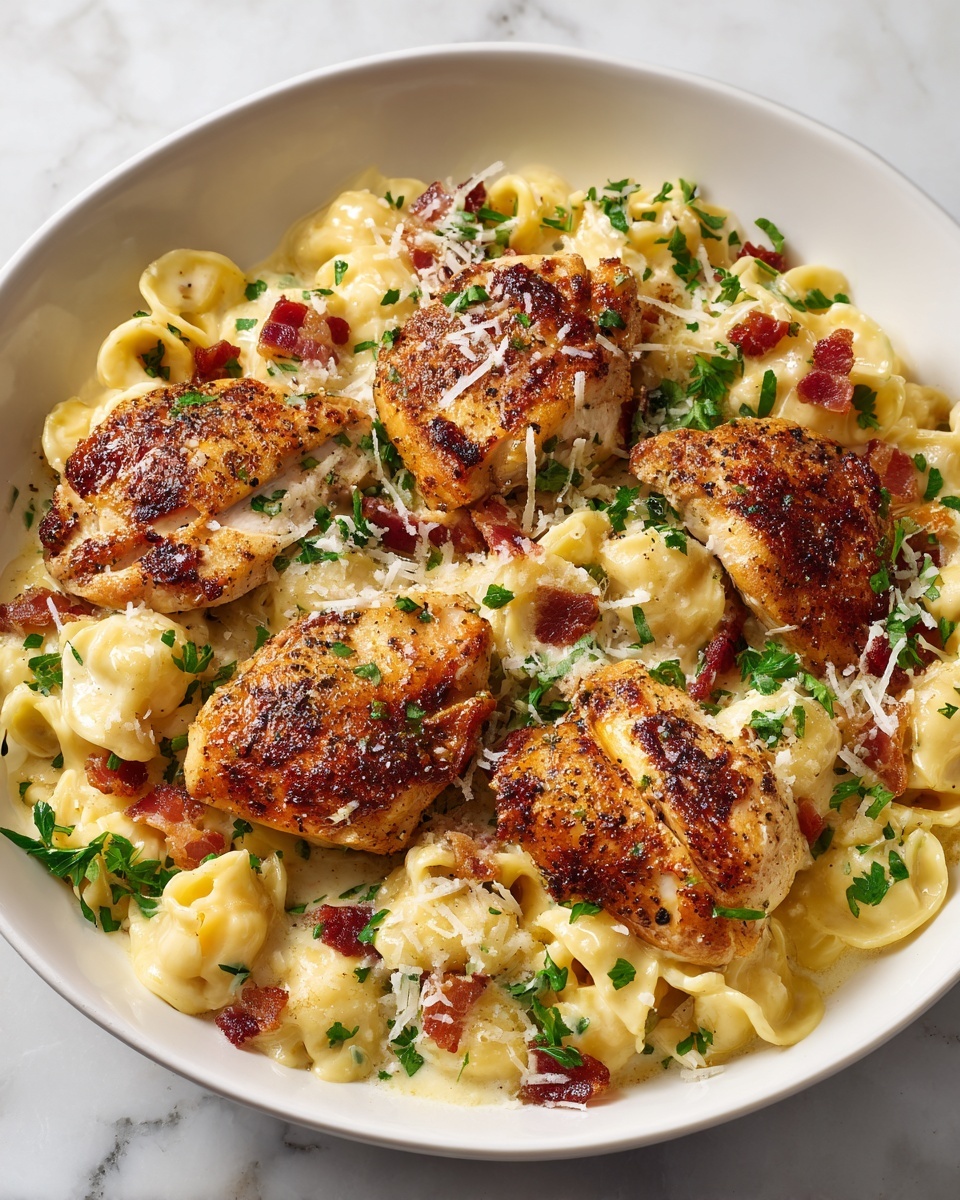
Ingredients You’ll Need
Getting started with this Chicken Carbonara Recipe is a breeze because the ingredients are straightforward but each plays a vital role. From the protein punch and smoky bacon bits to the creamy Parmesan sauce that ties it all together, every component is essential for that perfect balance of flavor and texture.
- 1 pound boneless, skinless chicken breasts: Cut into bite-sized pieces to ensure even cooking and great texture.
- Salt and black pepper: Simple seasonings that enhance the natural flavors of the chicken and sauce.
- 2 tablespoons olive oil: A heart-healthy fat to sauté the chicken to a golden finish.
- 12 ounces spaghetti or fettuccine: Your choice of pasta to soak up the creamy sauce beautifully.
- 4 slices bacon, chopped: Adds irresistible smokiness and crunch.
- 3 garlic cloves, minced: Small but mighty in layering savory depth.
- 3 large egg yolks: The creamy base for the velvety Carbonara sauce.
- 1 large egg: Adds silkiness and binds the sauce perfectly.
- 1 cup freshly grated Parmesan cheese: Sharp, salty, and essential for authentic flavor.
- 1/2 cup heavy cream (optional): For those who love their Carbonara extra rich and luscious.
- 1/2 cup reserved pasta water: The secret to adjusting sauce consistency without diluting flavor.
- 2 tablespoons chopped fresh parsley: Adds a burst of freshness and vibrant color at the end.
How to Make Chicken Carbonara Recipe
Step 1: Prepare the Chicken
Season those bite-sized chicken pieces generously with salt and pepper. Heat olive oil in a large skillet over medium heat and toss in the chicken. Cook until each piece turns a beautiful golden brown and is cooked through, about five to six minutes. This step ensures the chicken stays juicy inside while developing a delightful crust that adds texture to the dish.
Step 2: Crisp the Bacon and Sauté Garlic
Without cleaning the skillet, add the chopped bacon and cook until it becomes irresistibly crispy. The rendered bacon fat is pure flavor gold, so don’t drain it away. As soon as the bacon reaches the perfect crispness, stir in the minced garlic and sauté for just about 30 seconds until fragrant. This quick step infuses the dish with that deep, aromatic note that makes Carbonara truly special.
Step 3: Cook the Pasta
Meanwhile, bring a large pot of salted water to a boil and cook your pasta until al dente, the perfect bite that holds up well when tossed in sauce. Before draining, reserve half a cup of the starchy pasta water—this is the secret weapon to loosening the sauce later without losing that creamy texture.
Step 4: Whisk the Sauce Components
In a mixing bowl, whisk together the egg yolks, whole egg, freshly grated Parmesan, and heavy cream if you’re embracing that extra level of richness. This luxurious mixture will become the silky sauce that coats your pasta and chicken, and combining it ahead of time makes the tossing process easier and faster.
Step 5: Bring It All Together
Return the cooked chicken to the skillet with the bacon and garlic, then add the hot, drained pasta. Immediately pour in your egg and cheese mixture, tossing quickly and continuously to coat the spaghetti and gently cook the eggs using the countertop residual heat—this careful timing is key to avoiding scrambled eggs. If the sauce feels too thick, drizzle in some of that reserved pasta water until it reaches a creamy, luscious consistency that makes every forkful divine.
How to Serve Chicken Carbonara Recipe
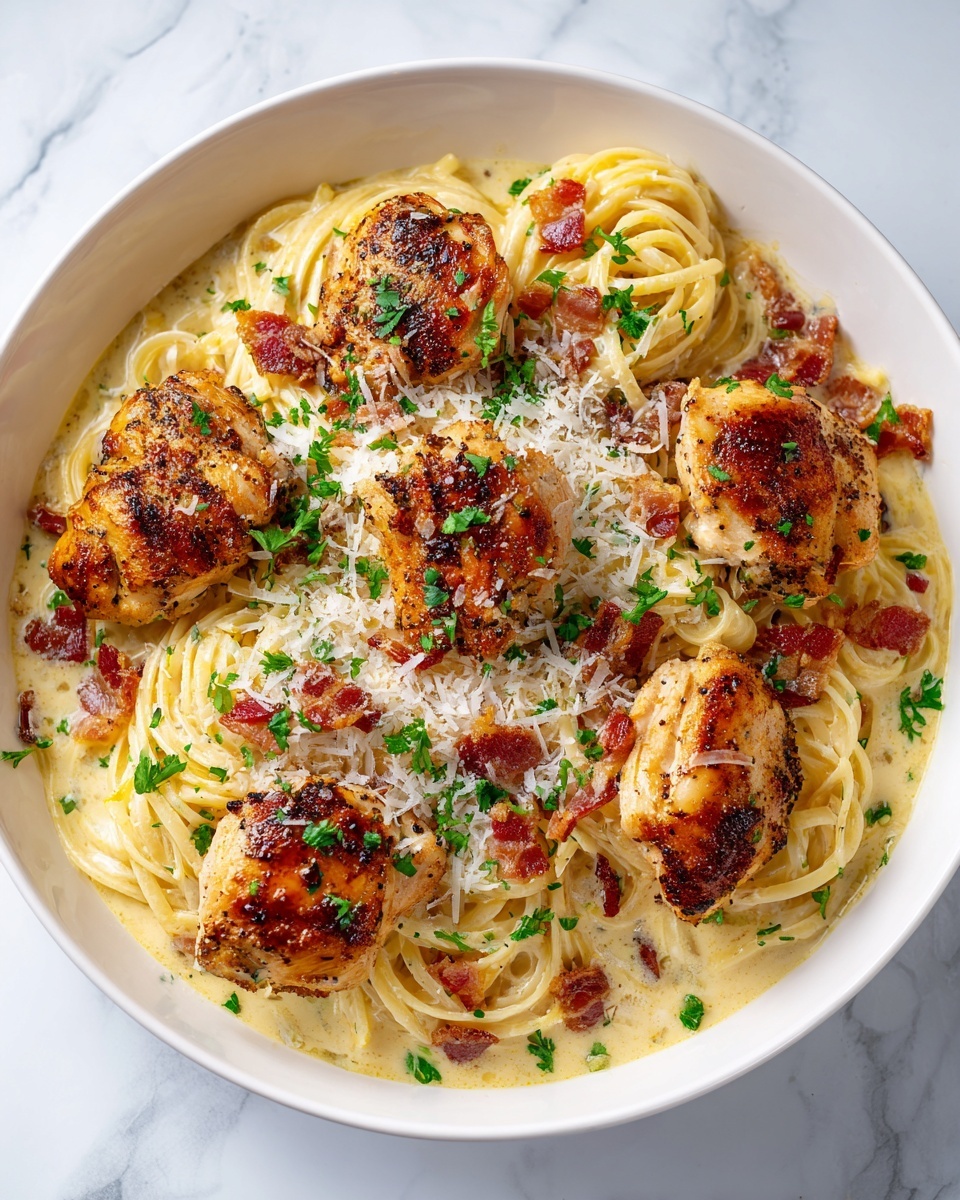
Garnishes
Freshly chopped parsley sprinkled on top brightens this rich dish both visually and with a subtle herbal note. Don’t be shy about adding an extra dusting of Parmesan cheese right before serving for that extra punch of cheesy goodness.
Side Dishes
This Chicken Carbonara Recipe pairs wonderfully with simple sides like a crisp green salad tossed in a light vinaigrette, garlic bread for soaking up every bit of sauce, or roasted seasonal vegetables to balance the richness. These accompaniments complement the main dish without overpowering it.
Creative Ways to Present
For a special touch, try serving the pasta in shallow bowls garnished with edible flowers or microgreens to add elegance. You can also portion the Chicken Carbonara onto individual plates with a twist of lemon zest for a surprising pop of freshness that cuts through the creaminess.
Make Ahead and Storage
Storing Leftovers
If you happen to have leftovers (though rare!), allow them to cool completely before transferring to an airtight container. Store in the refrigerator for up to two days. The pasta may absorb some sauce but reheating gently can bring back its creamy charm.
Freezing
Freezing creamy pasta dishes can be tricky because the texture may change; however, if needed, freeze portions in airtight containers for up to one month. Thaw overnight in the fridge before reheating slowly on the stove, adding a splash of cream or milk to help revive the sauce.
Reheating
To reheat, warm the Chicken Carbonara gently over medium-low heat, stirring frequently to prevent the eggs from scrambling. Adding a little reserved pasta water, cream, or milk can loosen the sauce back to its creamy consistency, making it taste freshly made again.
FAQs
Can I use pancetta instead of bacon in this Chicken Carbonara Recipe?
Absolutely! Pancetta is actually the traditional choice for Carbonara and brings an even more authentic flavor with its delicate saltiness and texture. Using pancetta will elevate your dish closer to classic Italian roots.
Is it necessary to add heavy cream to the sauce?
Not at all. Traditional Carbonara relies solely on eggs and cheese for creaminess. The cream is optional if you prefer a richer, slightly thicker sauce. Both versions taste fantastic, so feel free to tailor it to your preference.
How do I avoid scrambling the eggs when making the sauce?
Working quickly is key. Add the egg mixture only after the pasta is hot and toss vigorously off the heat or on very low heat. The residual warmth cooks the eggs gently to create a silky sauce rather than scrambled bits.
Can I use other types of pasta besides spaghetti or fettuccine?
Yes! While spaghetti and fettuccine are classic choices, feel free to use linguine, bucatini, or even penne. Keep in mind that thinner strands hold the sauce best and create that signature Carbonara experience.
Is this recipe suitable for meal prep?
This Chicken Carbonara Recipe works for meal prep if you store components separately—pasta separate from the sauce holds up better. Reheat gently and combine just before eating for the best texture and flavor.
Final Thoughts
Honestly, this Chicken Carbonara Recipe is an absolute winner whenever you crave something comforting, creamy, and packed with flavor yet surprisingly simple to make. It’s the kind of dish that feels like a warm hug on a plate and will quickly become one of your favorites to share with family and friends. Give it a try, and I can promise it will earn a permanent spot in your dinner rotation!
Print
Chicken Carbonara Recipe
- Prep Time: 15 minutes
- Cook Time: 20 minutes
- Total Time: 35 minutes
- Yield: 4 servings
- Category: Main Course
- Method: Stovetop
- Cuisine: Italian-American
- Diet: Nut-Free
Description
This Chicken Carbonara recipe is a creamy, comforting Italian-American pasta dish featuring tender chicken, crispy bacon, and a rich Parmesan egg sauce. Perfect for a satisfying weeknight dinner, it combines the classic flavors of carbonara with added protein for a hearty meal.
Ingredients
Protein and Main Ingredients
- 1 pound boneless, skinless chicken breasts, cut into bite-sized pieces
- Salt and black pepper, to taste
- 4 slices bacon, chopped
- 12 ounces spaghetti or fettuccine
Sauce Ingredients
- 3 garlic cloves, minced
- 3 large egg yolks
- 1 large egg
- 1 cup freshly grated Parmesan cheese
- 1/2 cup heavy cream (optional for extra richness)
- 1/2 cup reserved pasta water
Garnish
- 2 tablespoons chopped fresh parsley
Cooking Oil
- 2 tablespoons olive oil
Instructions
- Season and Cook Chicken: Season the bite-sized chicken pieces with salt and black pepper. Heat 2 tablespoons of olive oil in a large skillet over medium heat. Add the chicken and cook until golden and cooked through, about 5 to 6 minutes. Remove the chicken from the skillet and set aside.
- Cook Bacon and Garlic: In the same skillet, add the chopped bacon and cook until crispy. Add the minced garlic and sauté for 30 seconds until fragrant but not burnt.
- Cook Pasta: Meanwhile, bring a large pot of salted water to a boil. Cook the spaghetti or fettuccine until al dente according to package instructions. Reserve 1/2 cup of the pasta cooking water, then drain the pasta.
- Prepare Egg Mixture: In a mixing bowl, whisk together the 3 egg yolks, 1 whole egg, freshly grated Parmesan cheese, and heavy cream (if using) until smooth and creamy.
- Combine Ingredients: Return the cooked chicken to the skillet with the bacon and garlic. Add the hot drained pasta to the pan. Immediately pour the egg and cheese mixture over the pasta, tossing quickly and continuously to coat the pasta evenly and cook the eggs gently with the residual heat.
- Adjust Sauce Consistency: Add a splash of the reserved pasta water as needed to loosen the sauce and achieve a creamy texture. Stir well until the sauce is smooth and coats all the ingredients.
- Serve and Garnish: Divide the pasta among plates, garnish with chopped fresh parsley and additional Parmesan cheese if desired. Serve immediately for the best creamy texture.
Notes
- For a more traditional carbonara, omit the heavy cream.
- Use pancetta instead of bacon for a more authentic Italian flavor.
- Work quickly when combining the hot pasta with the egg mixture to prevent the eggs from scrambling.

